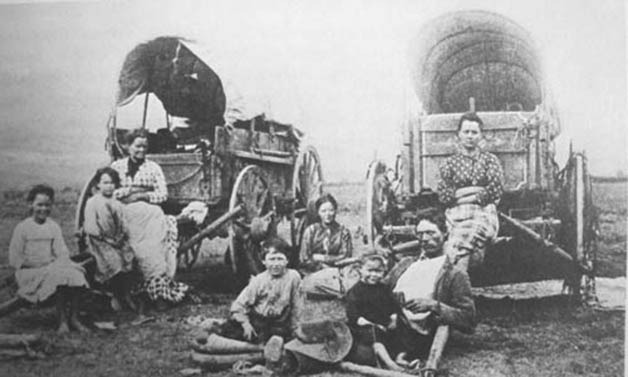The Fall City Historical Society’s annual community meeting always includes a special presentation.
This year, the meeting is capped with a look at “Pioneer Quilts and the Oregon Trail,” presented by art historian Susan Olds, 2 to 5 p.m. Sunday, Oct. 27, at the Fall City Masonic Hall.
The event includes refreshments and a display of Fall City quilts. All are welcome.
The day includes a brief membership meeting and a vote on board candidates for the coming year. Then, Olds begins her look at fabric history.
Pioneer quilts
The thousands of women and their families who braved the dangers of the Oregon Trail in the mid-1800s left a legacy in their quilts.
Olds will feature true stories of intrepid women quilters who braved the westward migration of the 1800s. Learn how women coped with harsh frontier conditions and kept their connections to home through their quilt-making. To lessen the boredom of walking beside a wagon eight hours a day, women often quilted as they walked. Few belongings were taken on the trail but quilts were essential for warmth and bedding. They also served as insulation for wagons, buckboard padding, protection of valuables, and often served as burial cloths for family members lost along the way.
Learn about how families prepared for the journey west. See friendship quilts and utilitarian quilts, new patterns from the trail, and fabric diaries. Excerpts from diaries will document the fortitude and the spirit of pioneer quilters, including one woman who survived the trek west , settled in Oregon and during her lifetime completed 14 quilts and raised nine children.
To learn more, send an e-mail to fallcityhistorical@juno.com
Susan Olds is an art historian and mixed media artist who works in paper, book arts and fabric collage. She lives in North Bend with her husband David and daughter Keira, two dogs, two parakeets and lots of wildlife.

Photos courtesy Fall City Historical Society
Above, a ‘crazy quilt’ made by Florence Bonell (1865-1941) while on a timber claim near Fall City in the late 1880s, now in the Snoqualmie Valley Historical Museum collection. Below, a square from the “Animals” quilt was made in about 1933 by Elizabeth Parmelee (1888-1987) for her daughter Irene Parmelee Pike.


